Science News
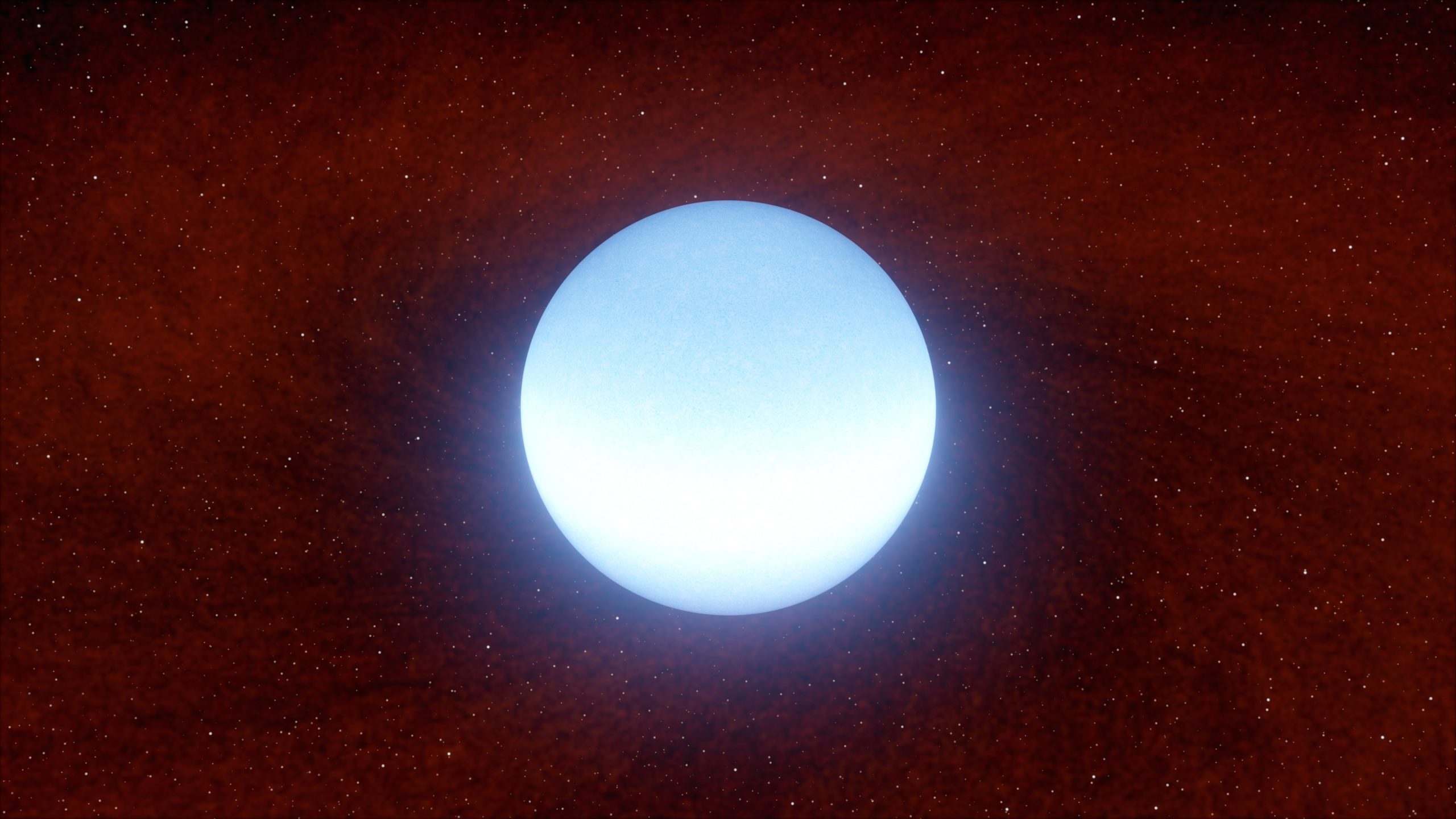
Star Eats Planet, Brightens Dramatically
Astronomers Spot First Direct Evidence of a Star Engulfing Its Planet Maunakea, Hawaiʻi – For the first time, astronomers have …
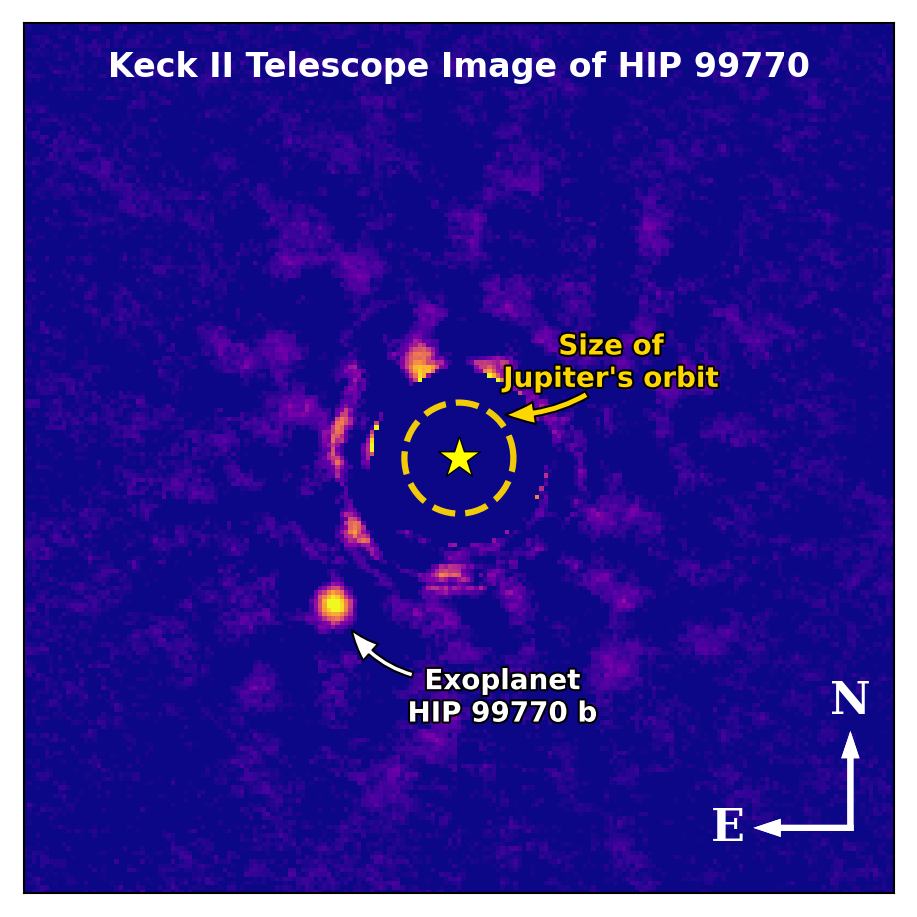
New Exoplanet-Hunting Technique Leads to Successful Direct Image of a Super-Jupiter
Maunakea, Hawaiʻi – Astronomers have developed a new method for finding exoplanets whose portraits can be taken from Earth using …
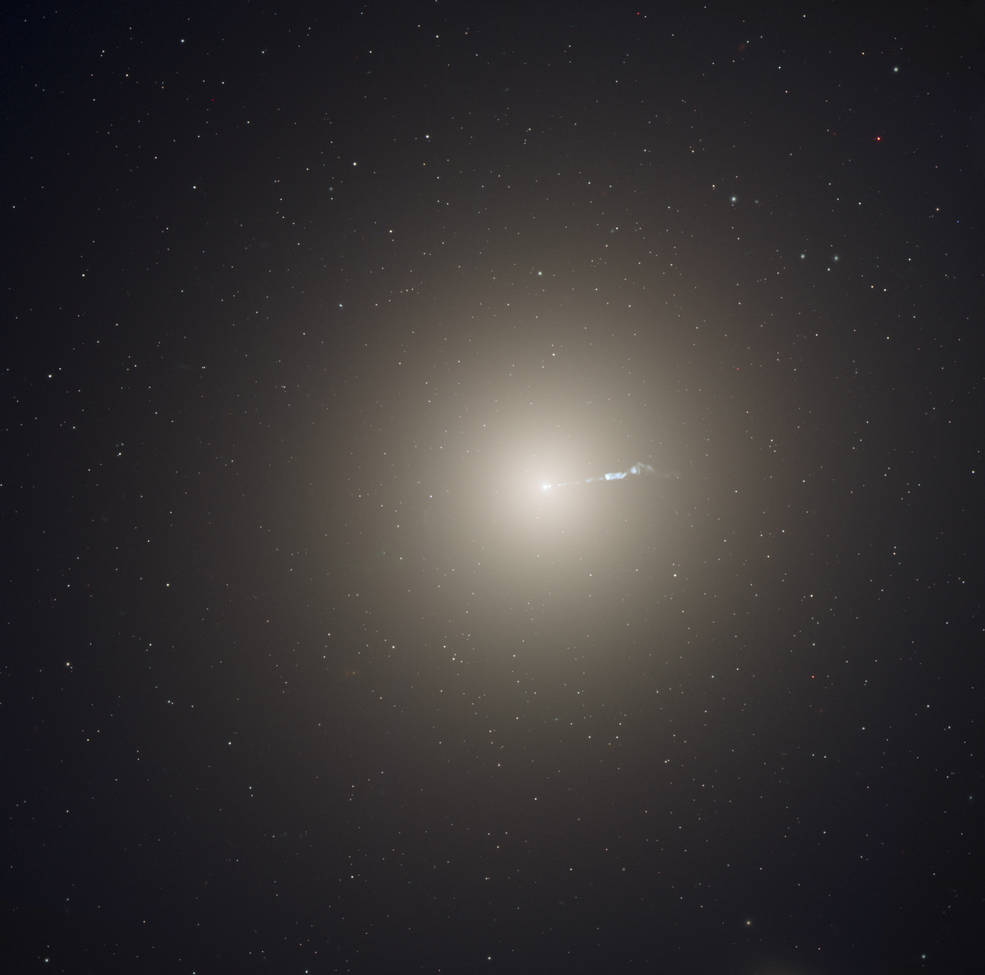
First Ever 3D Map of Messier 87 Galaxy Assembled
Maunakea, Hawaiʻi – A UC Berkeley-led team of astronomers has for the first time measured the three-dimensional shape of Messier …
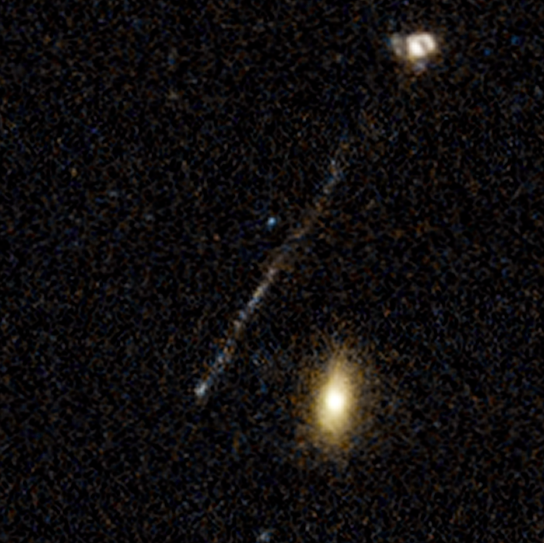
A Strange Streak of Young Stars is Evidence of a Runaway Supermassive Black Hole, Study Finds
Maunakea, Hawaiʻi – Astronomers have spotted a candidate supermassive black hole running away from its home galaxy, hurtling through space …
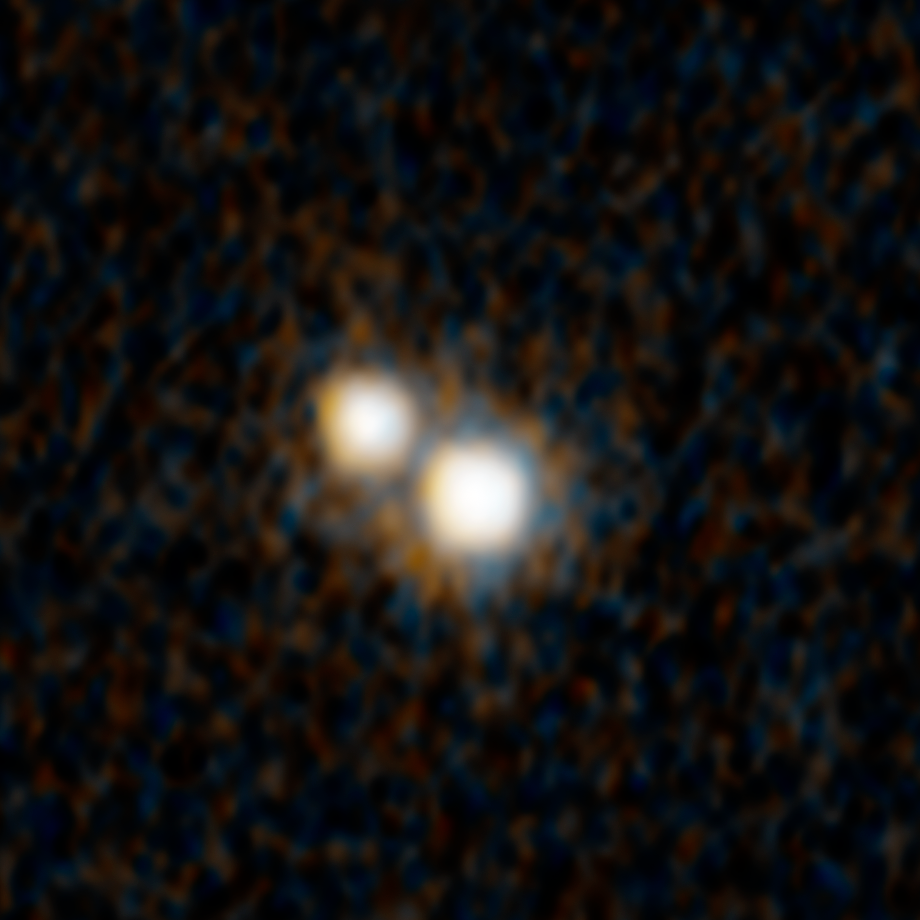
A Dual Quasar Shines Light on Two Supermassive Black Holes on a Collision Course Inside a Galaxy Merger
Maunakea, Hawaiʻi – Astronomers have made a rare discovery in the early universe involving two actively feeding supermassive black holes …
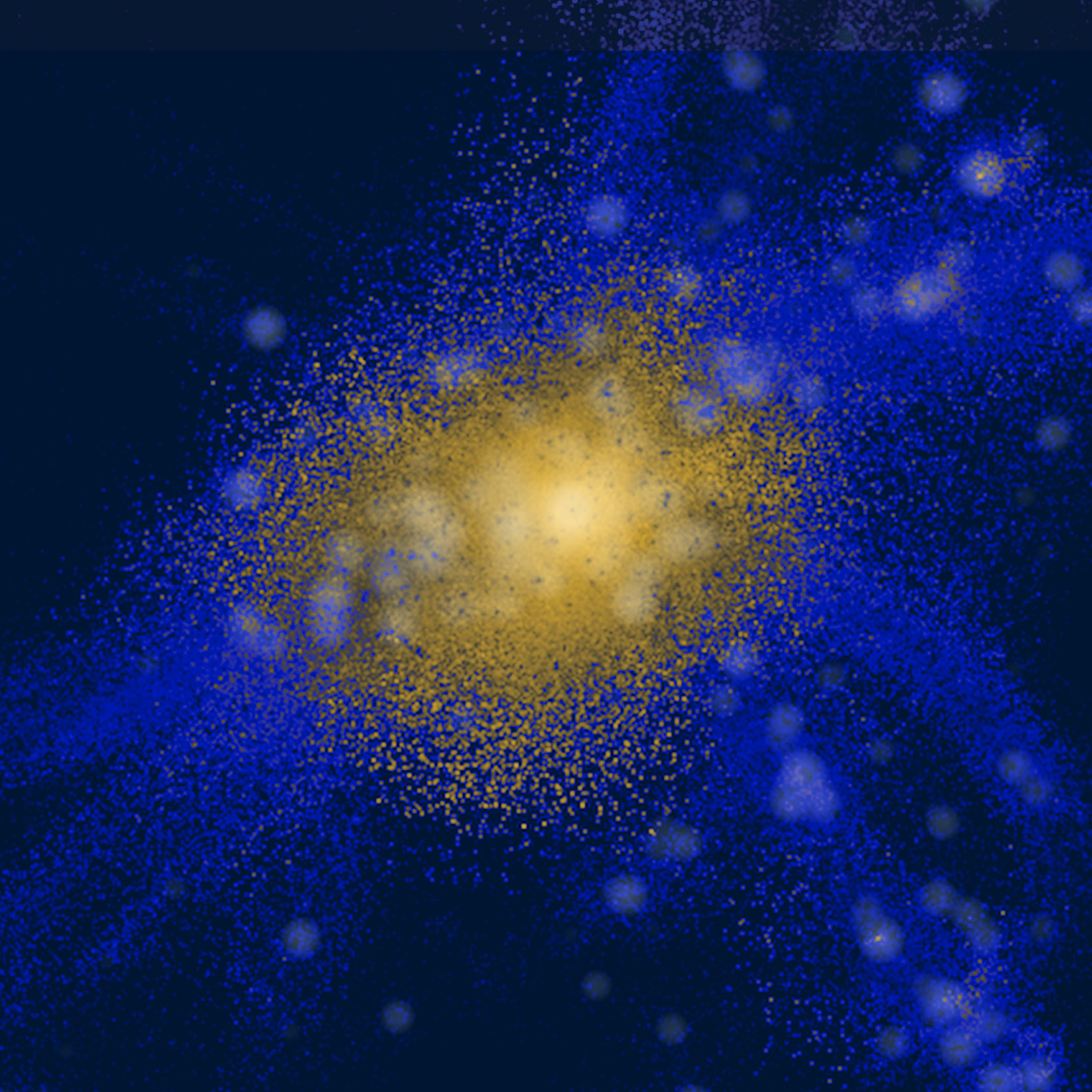
The First Bubble in the Intergalactic Stew
Maunakea, Hawaiʻi – Astrophysicists using W. M. Keck Observatory on Maunakea in Hawaiʻi have discovered a galaxy protocluster in the …
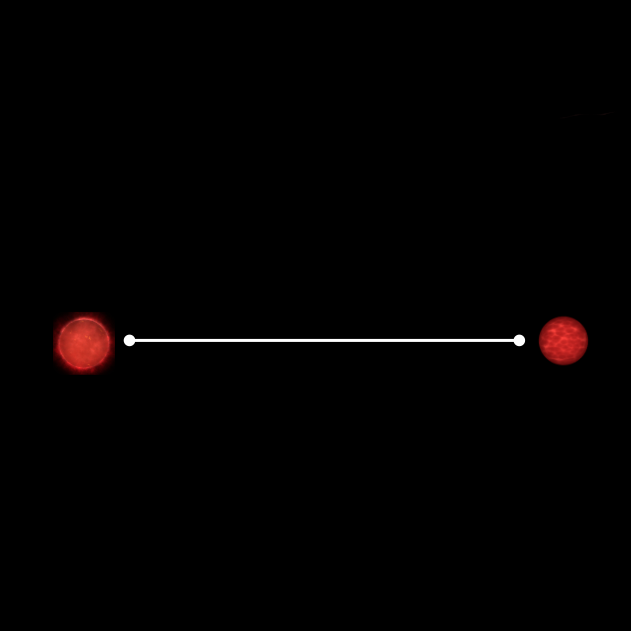
Ultracool Dwarf Binary Stars Break Records
Maunakea, Hawaiʻi – Northwestern University and the University of California San Diego (UC San Diego) astrophysicists using W. M. Keck …
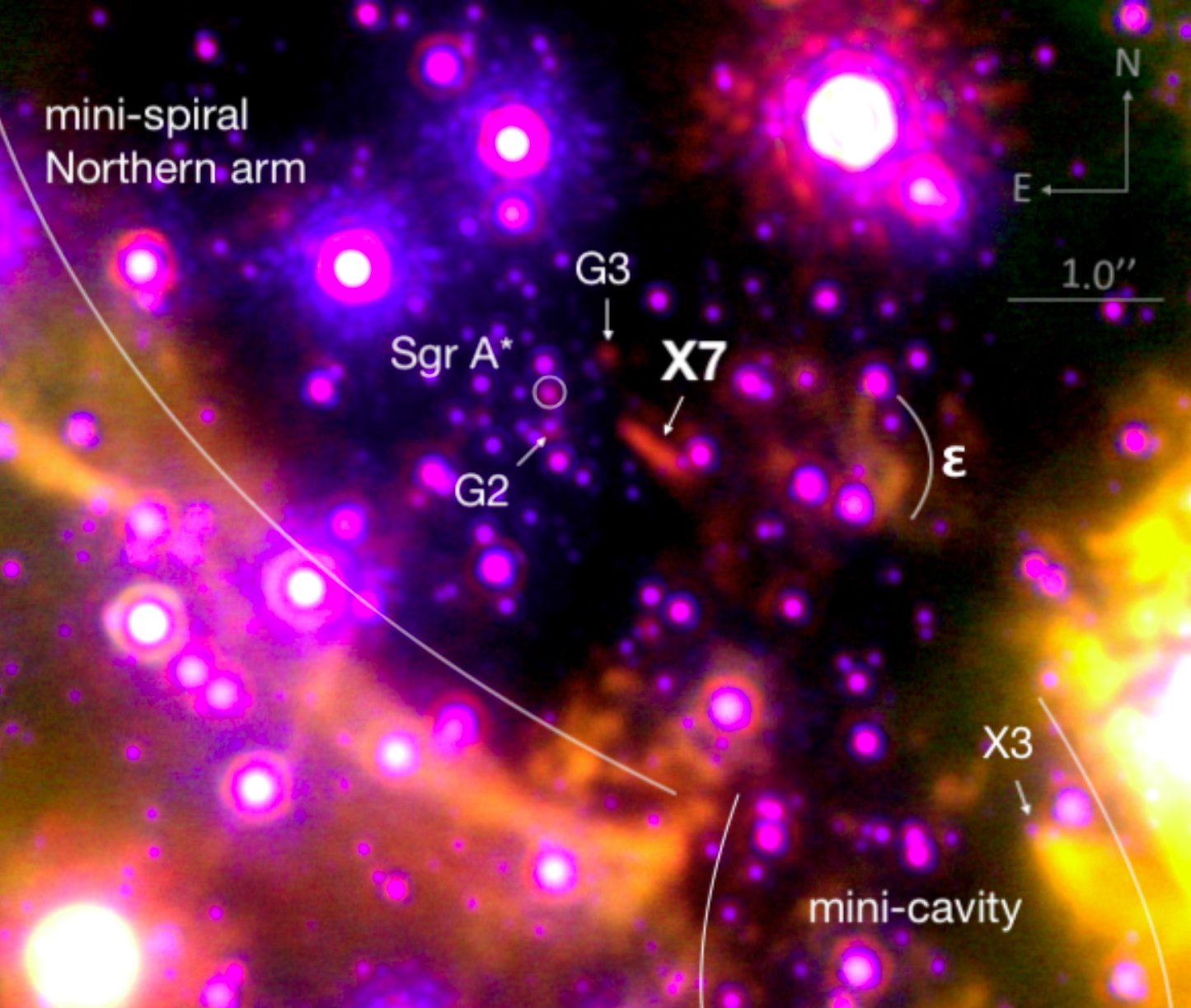
The Swansong of a Cloud Approaching the Milky Way’s Supermassive Black Hole
Maunakea, Hawaiʻi – Two decades of monitoring from W. M. Keck Observatory on Maunakea in Hawaiʻi reveals a peculiar cloud …
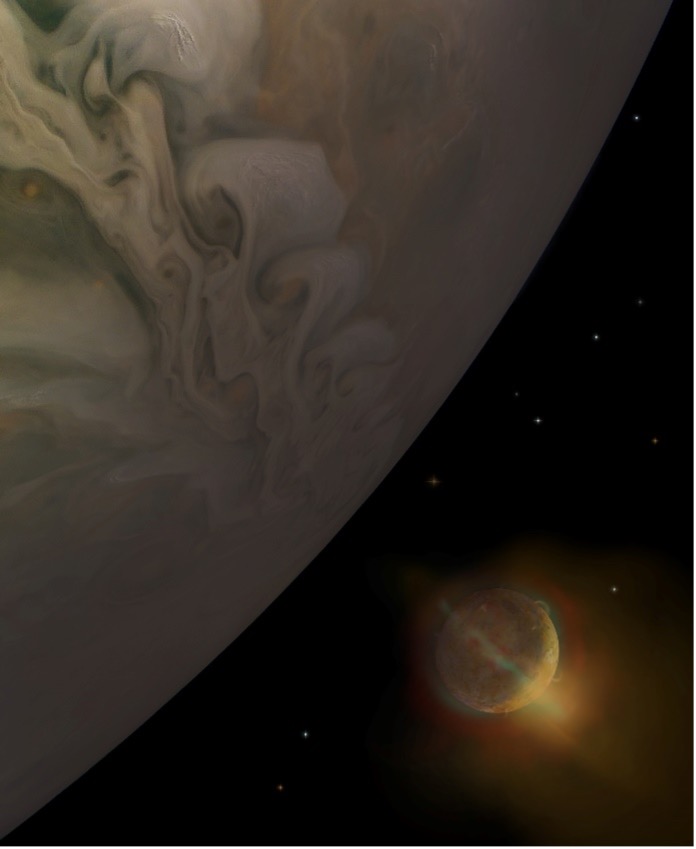
New Aurorae Detected on Jupiter’s Four Largest Moons
Maunakea, Hawaiʻi – Astronomers using W. M. Keck Observatory on Maunakea in Hawaiʻi have discovered that aurorae at visible wavelengths …
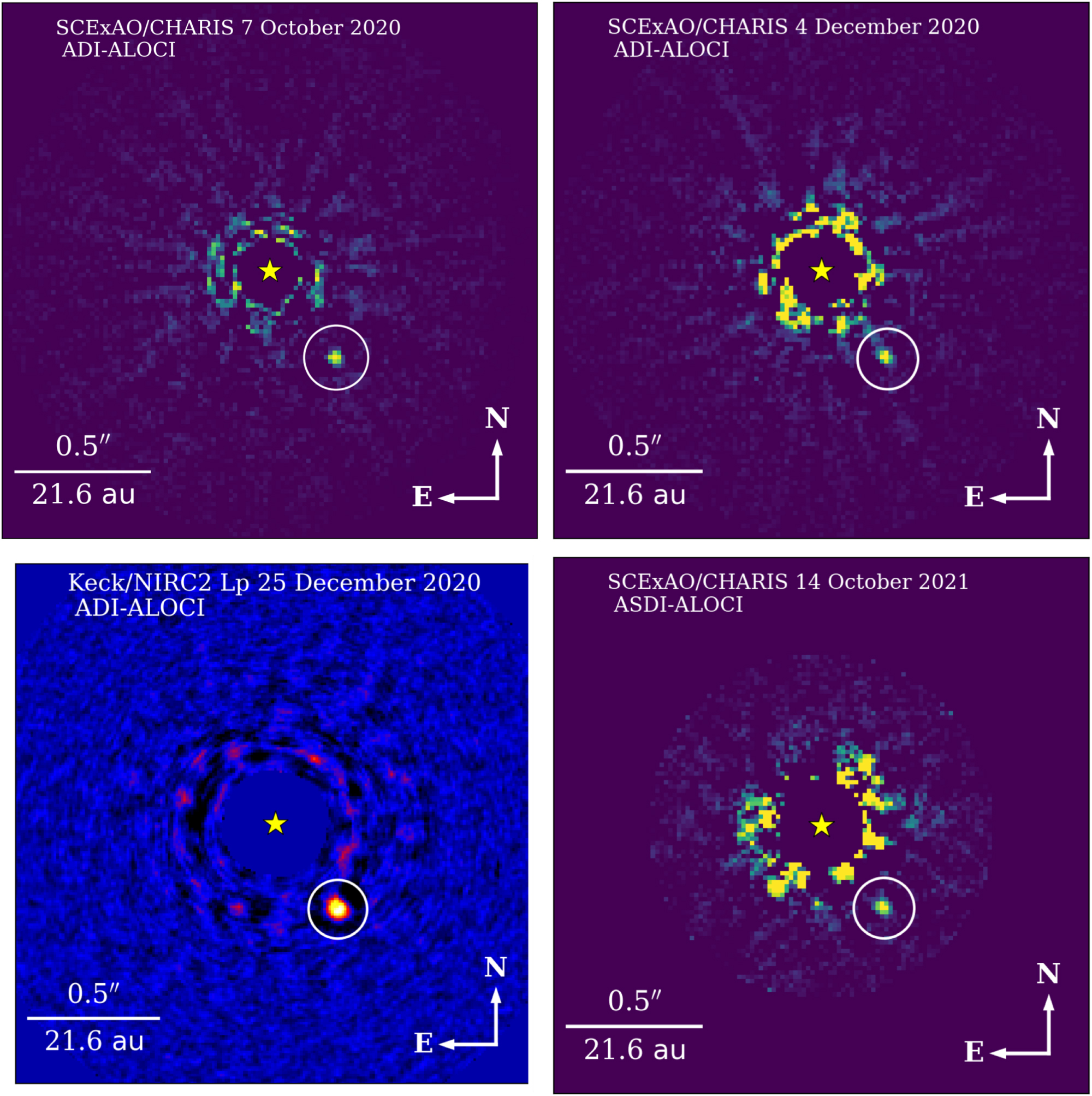
Astronomers Snap First Confirmed Direct Image of a Brown Dwarf Orbiting a Star in the Hyades Cluster
Maunakea, Hawaiʻi – A team of astronomers using two Maunakea Observatories in Hawaiʻi – W. M. Keck Observatory and Subaru …
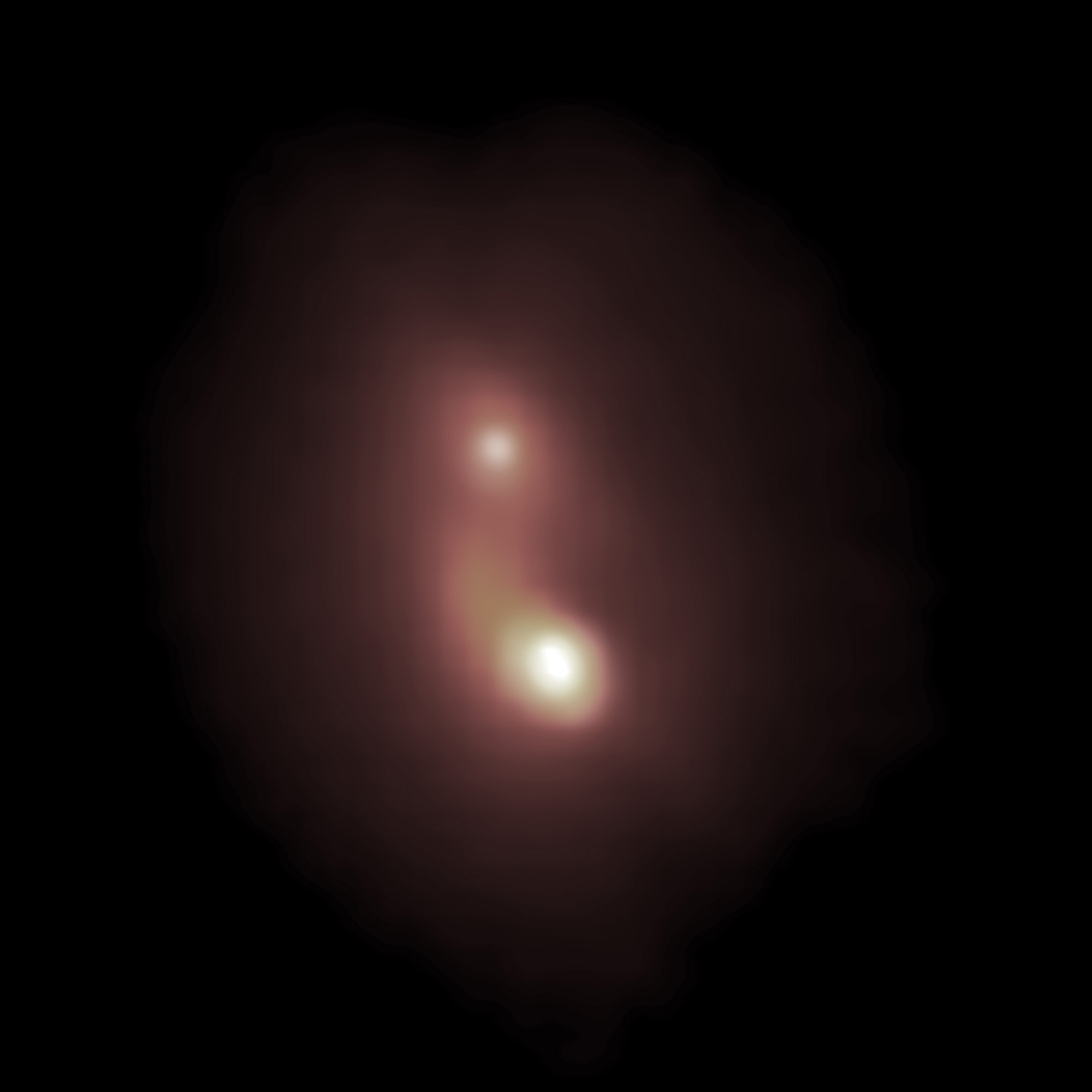
A Pair of Black Holes Dining Together in Nearby Galaxy Merger
Maunakea, Hawaiʻi – While studying a nearby pair of merging galaxies, scientists discovered two supermassive black holes growing simultaneously near …
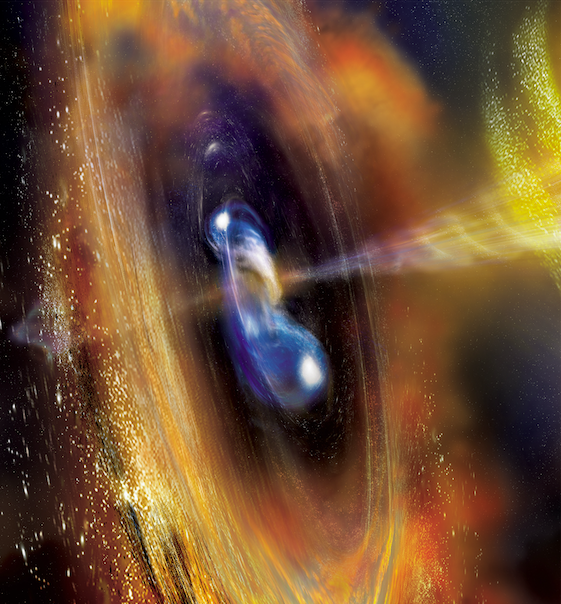
Surprise Kilonova Upends Established Understanding of Long Gamma-ray Bursts
Maunakea, Hawaiʻi – For nearly two decades, astrophysicists have believed that long gamma-ray bursts (GRBs) resulted solely from the collapse …

